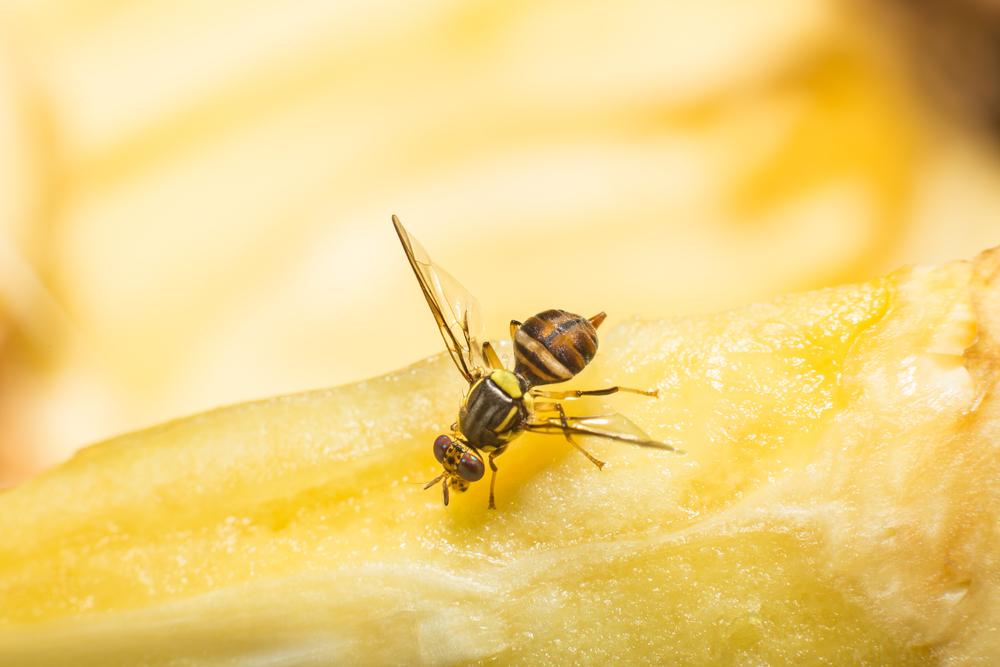Slight Protein Imbalance Linked to Spinal Muscular Atrophy

A team of researchers from the University of Malta and the Institut de Génétique Moléculaire de Montpellier (CNRS/Université de Montpellier) recently published a study that suggests fruit flies and brewer’s yeast can shed light on the root of Spinal Muscular Atrophy, today’s leading genetic cause of death among infants. This debilitating, currently incurable disease slowly takes away children’s ability to independently walk, eat, and even breathe.
The investigators made use of complex genetic manipulation to find that the Survival Motor Neuron (SMN), which mutation is known to cause SMA, is associated with another series of proteins called Gemins. This relationship is, however, quite fragile and can be broken with the slightest protein imbalance. This was observed in flies’ death and loss of the ability to fly. The study is published in PLOS ONE under the title, “Genetic Interactions between the Members of the SMN-Gemins Complex in Drosophila.”
“Our study is the first to show that the special relationship between SMN and Gemins exists in a living model system,” said the study’s lead author Ruben Cauchi, PhD, a senior lecturer at the University of Malta Faculty of Medicine & Surgery. “Furthermore, what we see in Game of Thrones is intriguingly true in cells. Upsetting the delicate balance of power leads to grave repercussions,” he added.
Cauchi and his team were able to observe that a selective deficiency of Gemins in the motor system results in fruit flies manifesting the same signs of those with an SMN deficiency. This link between SMN and Gemins may play a significant role in mRNA transcription, and any disruption in their relationship may contribute to the neuromuscular problems SMA patients experience.
“Current treatments being developed are based on boosting SMN levels. Broadening the therapeutic targets is essential to develop an effective treatment. Model organisms, like flies and yeast, hold the key for the successful implementation of this strategy,” remarked Rémy Bordonne, PhD, CNRS Principal Investigator and study co-author.
In a previous report on SMA, a study published in the Kobe Journal of Medical Sciences revealed a new method for the diagnosis of spinal muscular atrophy (SMA) by specifically detecting deletions in the SMN1 gene. The study was led by researchers at Kobe University Graduate School of Medicine and Kobe Pharmaceutical University and is entitled “SMA Screening System Using Dried Blood Spots on Filter Paper: Application of COP-PCR to the SMN1 Deletion Test.”







